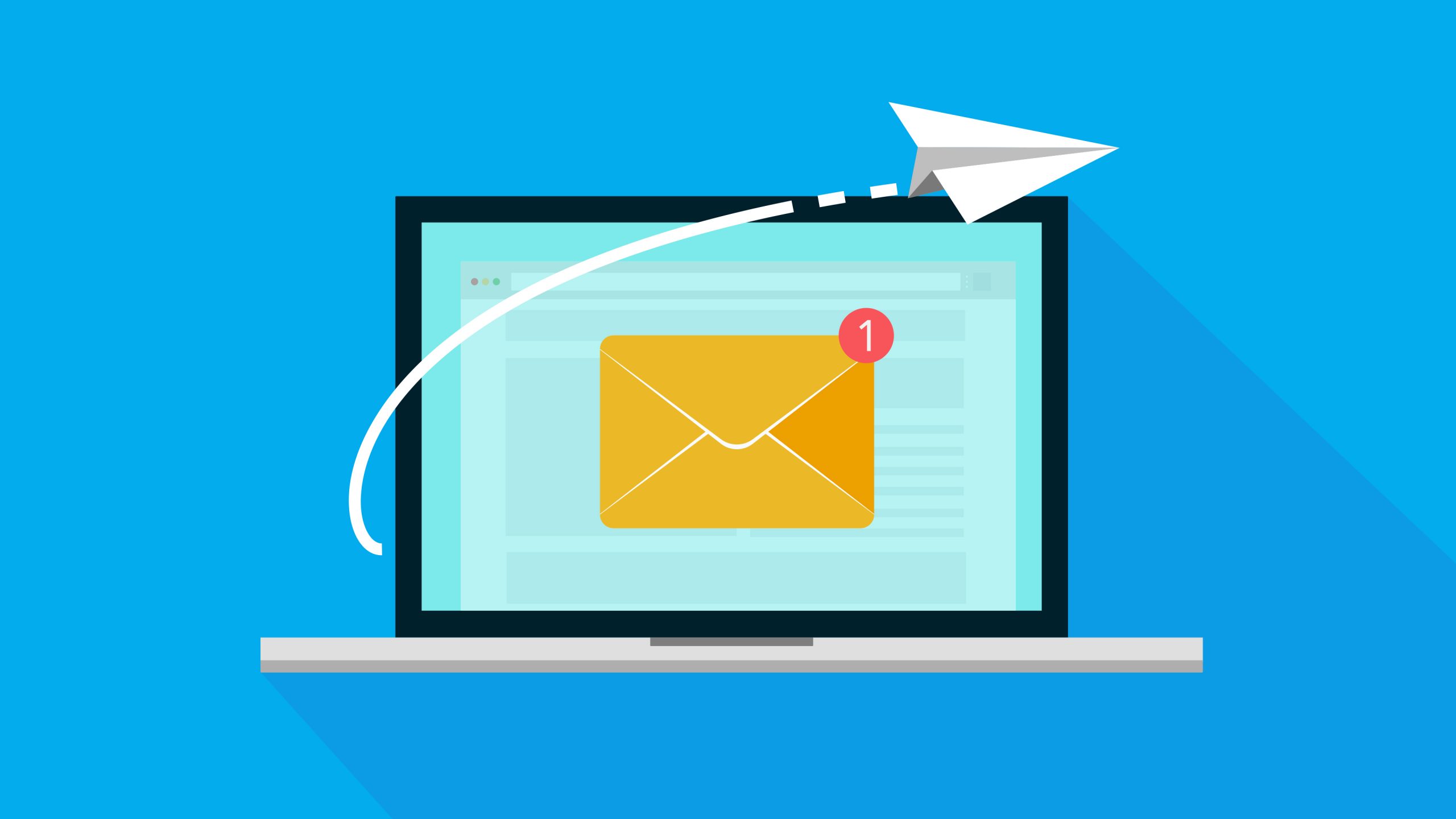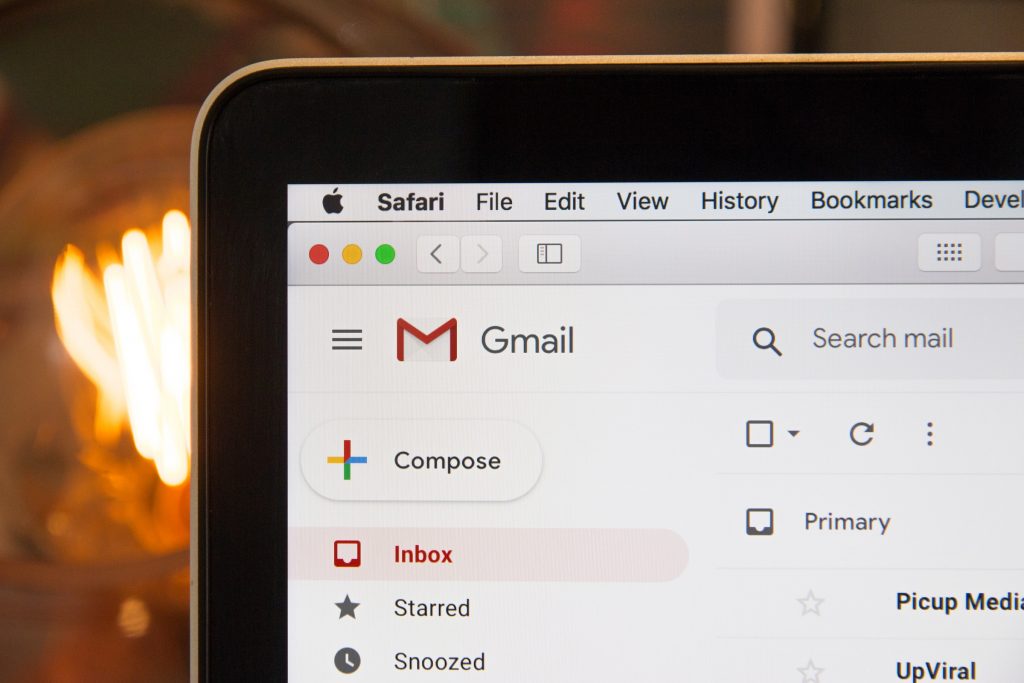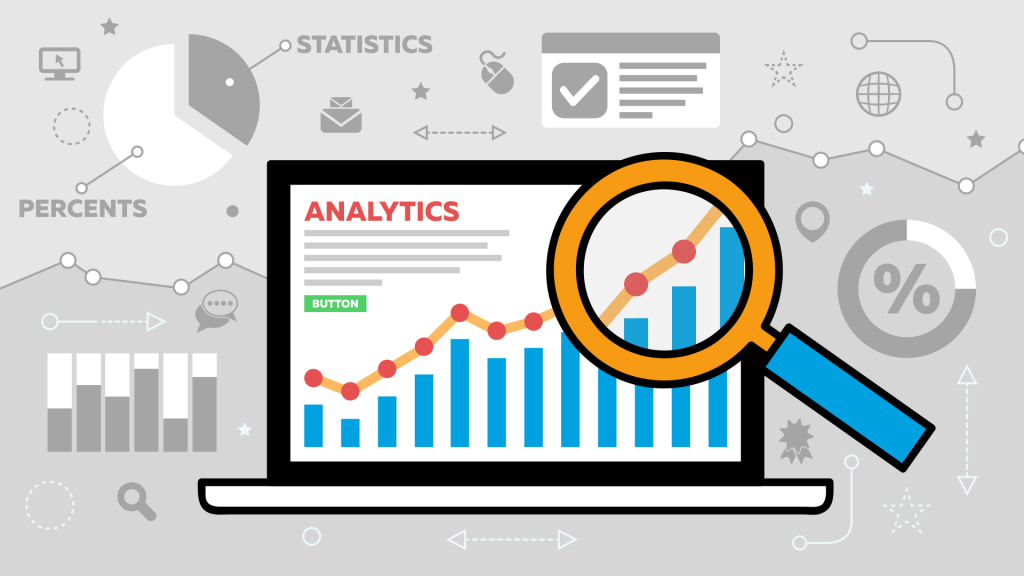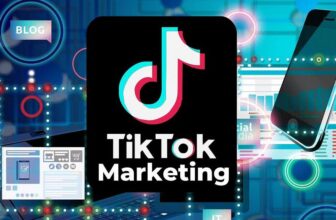
Email marketing is one of the oldest and most effective strategies for reaching out to your target audience. It’s also one of the easiest ways to collect leads, drive traffic, and make sales. You just need to know what you’re doing. Here are five key elements that make a successful email marketing strategy.
Every day, the average person receives 121 commercial emails.
This doesn’t include emails from friends, family, or colleagues. It’s easy for consumers to become overwhelmed with all these emails.
You want to stand out, but you don’t want to be annoying. So, if you want to succeed in email marketing, you need to consider these five elements.
Table of Contents
1. List building and Email Validation

img source: unsplash.com
You simply can’t have a successful email marketing strategy without a way to build your list. And if you don’t have a list, you’re essentially shooting in the dark because you have no way to reach out to the people who are interested in your product or service.
A great list is the foundation of your marketing campaigns. Whether you’re promoting a launch, an event, or a product, email marketing is a great way to build buzz and create a sense of urgency around your product or service.
List building is the process of finding email addresses for your future customers. It’s important to be as specific as possible when creating your email list. The reasons are twofold. First, the more specific your list is, the more targeted your marketing efforts will be. Secondly, the higher your conversions.
So it’s important to have sign up forms on your website, and to include a sign up form on your blog. You can also include a sign up form in your emails which is a great way to get people to see your content and to build your list
Next, you need to make sure that your email list is full of valid email addresses.
Email validation is the process of verifying that the email address you’re sending to is valid and that it belongs to the person you think it does. You can do this by using email validation tools that will let you know if an email address is valid or not.
Making sure your email list is made up of verified, active and appropriate email addresses is key to success. There are many tools to help you with this, one of which is emailverification.whoisxmlapi.com an email verification tool. It provides you with a trove of information and cyber intelligence to help you decipher the quality and validity of email addresses on your list and help you with your email verification. It also provides a library of temporary email providers which you can use to filter out abusers looking to exploit your freemium offerings.
2. Segmentation

imig source: businessyield.com
The greatest, most powerful content in the world is completely worthless if it doesn’t reach the right person at the right time. It’s critical to have a strategy in place to make sure that the right people are seeing your content and that you’re not wasting your time and resources.
This is what segmentation is all about.
Segmentation is the process of separating your subscriber list into different groups of people. They can be divided based on any number of things such as their age, location, interests, gender, how they interact with your brand, their demographics or any other criteria that you choose.
In email marketing, segmentation is used to target specific groups of people with different messages and call-to-actions. For example, you might want to create one email for new customers and one for returning customers. You might want to create one email for men and another for women.
When it comes to segmenting your emails, you want to be as specific as possible. The most effective way to do this is by using automation tools to create a streamlined and interactive experience with your subscribers. This way, they feel like they’re getting valuable content and engaging with you on a more personal level.
3. Content

img source: marketinginsidergroup.com
Content is one of the most important elements in email marketing and should be treated as such. Content is important because it provides the value that the customer came to receive. Without value, there isn’t really a point to your email. Content is more than just words on a page; content can be provided in the form of visuals (graphics, images, video, etc.).
In fact, not only is content a key element in successful email marketing strategies, but it’s also vital to the success of your overall marketing efforts. Having a beautiful image that’s relevant to your product or service can go a long way in helping people understand what you’re writing about.
- Make sure your emails look great
- Keep it short and sweet
- Try personalizing the subject line
- Get to the point.
- Create an effective call to action
- Make it relevant
- Make it easy to read
- Make it interactive
It is very important to engage your readers. Don’t just blast them with email after email after email. The more relevant your emails are to your customers, the better your engagement levels. And the better your engagement rates, the more likely you are to persuade customers to buy from you.
4. Personalization

img source: towardsdatascience.com
When it comes to email marketing, the best way to get results is to make people feel like they’re being heard. Emails that feel like they come from a real person, rather than a faceless corporation, tend to do better. This is why personalization is so important.
You can try using some personalization by using their name in the email, using emojis to give it that human touch, referencing their previous purchases, and inserting special offers or promotions that are specific to them, providing location/interest/gender-specific content, etc. are some strategies you can use to make your emails more personable.
It’s important to remember that each email should be different and have its own individual tone. It’s better to have a personal tone and be a little bit “informal” than to be overly professional or rigid and risk coming across as boring, soulless, and just another marketer that is only concerned about the money they can make.
5. Testing, Analytics And Optimization

img source: redsixdigital.com
Successful email marketing campaigns are built on a foundation of testing, analytics and optimization.
Each email campaign should be tested and optimized to improve performance. When it comes to email marketing, it’s important to do A/B testing to see what works best for your audience. There are a lot of different factors that go into A/B testing, but the important thing is to be as specific as possible and to test as many things as possible.
Analytics is the only way to understand how your audience is responding to your emails and what they are doing. It is the only way to understand what’s working for you and what’s not. Analytics and testing also give you some insight into what your subscribers want to see from you and how they like to be communicated with.
Don’t rely on your gut. Test, measure and optimize. Test your subject lines, your copy, the time you send your emails, the day of the week you send it and the number of times you send it. Plus which device has the best result – mobile, desktop or others – you want to have all this information so you can optimize your campaigns for success.
At the end of the day, data is what’s going to help you make the best decisions. Put together a spreadsheet that tracks your open rates, click rates, and conversion rates. Use that data to make decisions about what’s working and what’s not working – double down and optimize for what’s working and tweak, improve or abandon what’s not.







